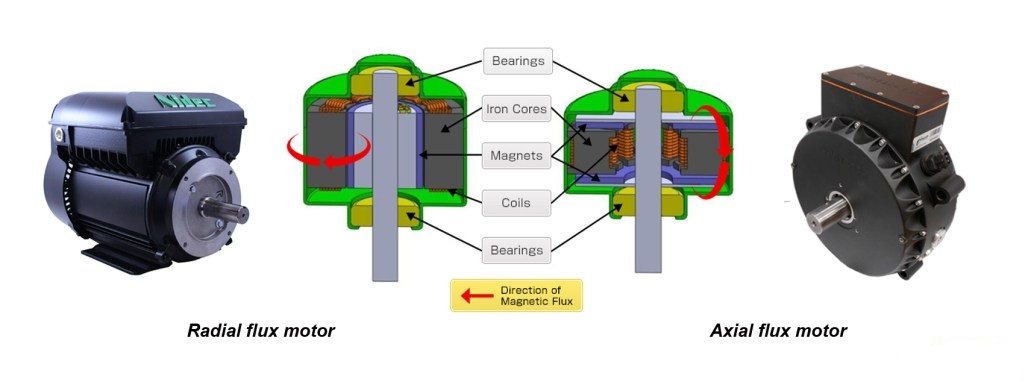

All the in-wheelmotors are coordinated by a digital vehicular-speed controller with differential gear.ĭue to their robustness, low cost, performances and simplicity of design, induction motors (IMs) are often preferred for EVs propulsion. Each of the in-wheel motors has its own voltage supply inverter (VSI) as well as its own speed or torque controller. Furthermore, the elimination of mechanical components in transmission chains or gears reduces the weight of the vehicle. In this concept, the motor is directly integrated into the wheel, thus eliminating transmission gears and differentials with their associated power loss ( Yang et al., 2004). An interesting alternative to this conventional power system is the concept of in-wheel motors or hub-in motors as illustrated in Fig.1. The mechanical transmission system contributes greatly to the power loss, through the heat dissipation in the various components, and to the weight of the vehicle. In conventional EVs, the power system consists of battery, electric motors with drives, transmission gears and differentials to the wheels ( Yang & Chuang, 2007).

Therefore,power-saving and mass-saving are of the upmost importance when designing the entire drive system of EVs and their electric motor drives ( Tseng & Chen, 1997). However, the present performances of EVs are far from being competitive to those of traditional combustion engine vehicles, mainly in terms of autonomy.

Battery electric vehicles (EVs) and hybrid EVs are now at the forefront of transportation researches in order to reduce the emission of pollutant gasses, especially in the inner cities.


 0 kommentar(er)
0 kommentar(er)
